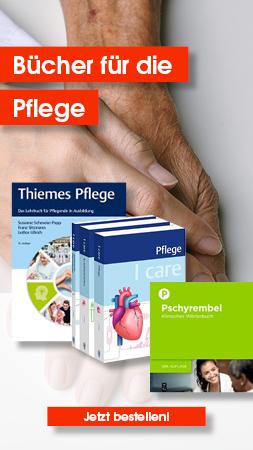Buch, Englisch, 1024 Seiten, Format (B × H): 216 mm x 276 mm
A Patient-Centered Nursing Process Approach
Buch, Englisch, 1024 Seiten, Format (B × H): 216 mm x 276 mm
ISBN: 978-0-323-64247-7
Verlag: Elsevier - Health Sciences Division
Get the pharmacology guidance proven to help aspiring nurses succeed on the NCLEX and later as a professional nurse. Using a streamlined prototype approach, an emphasis on nursing care, plus a wealth of other trademark features, Pharmacology: A Patient-Centered Nursing Process Approach, 10th Edition makes it easy for you to really understand pharmacology. Prototype drug charts summarize the need-to-know information about key drugs, including dosage, side effects, interactions, and more. Images of current drug package labels reinforce your understanding of text content using relevant, true-to-life learning. Bulleted nursing process summaries relate nursing care to drug therapy in addition to highlighting patient teaching, patient safety, and relevant cultural content. Finally, the unique and thorough drug calculations section features math review as well as step-by-step instructions for drug calculations using the four general methods of dosage calculation. All in all this text has all the tools you need to better understand the complicated subject of pharmacology.
Autoren/Hrsg.
Fachgebiete
Weitere Infos & Material
Unit 1: Introduction to Pharmacology 1.The Nursing Process and Patient-Centered Care 2.Drug Development and Ethical Considerations 3.Pharmacokinetics and Pharmacodynamics 4.Pharmacogenetics 5.Complementary and Alternative Therapies 6.Pediatric Considerations 7.Geriatric Considerations 8.Drugs in Substance Use Disorder
Unit 2: Pharmacotherapy and Drug Administration 9.Safety and Quality 10.Drug Administration 11.Drug Calculations
Unit 3: Maintenance of Homeostasis 12.Fluid Volume and Electrolytes 13.Vitamin and Mineral Replacement 14.Nutritional Support
Unit 4: Autonomic Nervous System Drugs 15.Adrenergic Agonists and Antagonists 16.Cholinergic Agonists and Antagonists
Unit 5: Central and Peripheral Nervous System Drugs 17.Stimulants 18.Depressants 19.Antiseizure Drugs 20.Drugs for Parkinsonism and Alzheimer's Disease 21.Drugs for Neuromuscular Disorders and Muscle Spasms
Unit 6: Mental and Behavioral Health Drugs 22.Antipsychotics and Anxiolytics 23.Antidepressants and Mood Stabilizers
Unit 7: Pain and Inflammation Management Drugs 24.Antiinflammatories 25.Analgesics
Unit 8: Antimicrobial Drugs 26.Antibacterials 27.Antituberculars, Antifungals, and Antivirals 28.Antimalarials, Anthelmintics, and Peptides
Unit 9: Immunologic Drugs 29.HIV- and AIDS-Related Drugs 30.Transplant Drugs 31.Vaccines
Unit 10: Antineoplastics and Biologic Response Modifiers 32.Anticancer Drugs 33.Targeted Therapies to Treat Cancer 34.Biologic Response Modifiers
Unit 11: Respiratory Drugs 35.Upper Respiratory Disorders 36.Lower Respiratory Disorders
Unit 12: Cardiovascular Drugs 37.Cardiac Glycosides, Antianginals, and Antidysrhythmics 38.Diuretics 39.Antihypertensives 40.Anticoagulants, Antiplatelets, and Thrombolytics 41.Antihyperlipidemics and Drugs to Improve Peripheral Blood Flow
Unit 13: Gastrointestinal Drugs 42.Gastrointestinal Tract Disorders 43.Antiulcer Drugs
Unit 14: Eye, Ear, and Skin Drugs 44.Eye and Ear Disorders 45.Dermatologic Disorders
Unit 15: Endocrine Drugs 46.Pituitary, Thyroid, Parathyroid, and Adrenal Disorders 47.Antidiabetics
Unit 16: Renal and Urologic Drugs 48.Urinary Disorders
Unit 17: Reproductive and Gender-Related Drugs 49.Pregnancy and Preterm Labor 50.Labor, Delivery, and Postpartum 51.Neonatal and Newborn 52.Reproductive Health 53.Men's Health and Reproductive Disorders 54.Sexually Transmitted Infections
Unit 18: Sexually Transmitted Infections 55.Adult and Pediatric Emergency Drugs






